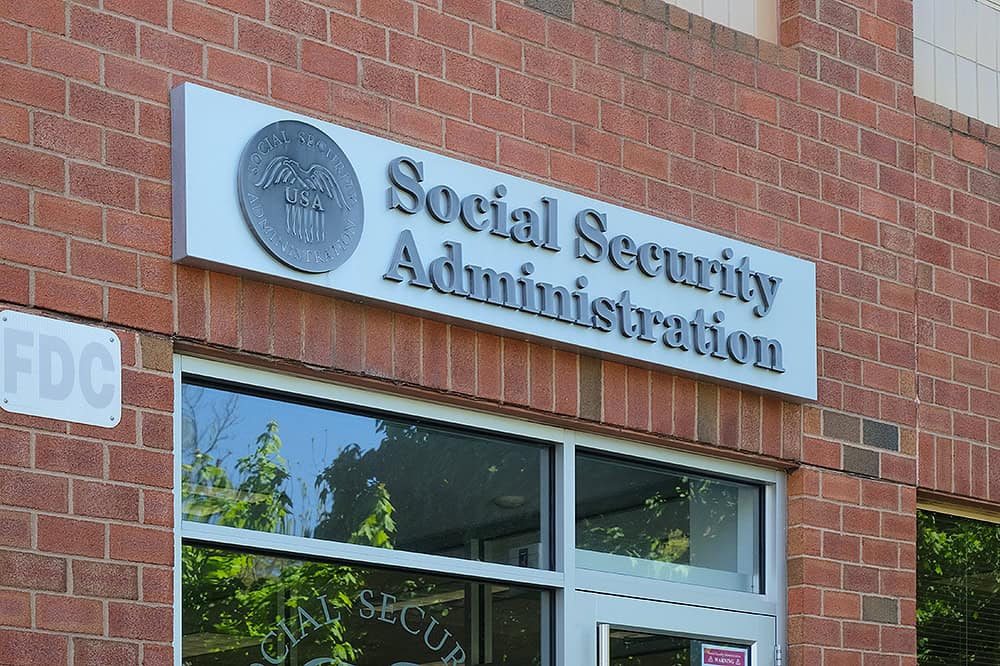Despite Decades of Warnings, Depletion of Social Security’s Trust Fund Is Getting Closer
Last Updated May 8, 2024
The depletion date for Social Security’s Old-Age and Survivors Insurance (OASI) Trust Fund has been relatively well known for the past several years and is now rapidly approaching. In addition, Medicare’s Hospital Insurance (HI) Trust Fund could be depleted in a little over a decade. Each year, the Social Security and Medicare Trustees project the dates at which the two funds will become depleted. The latest reports project that OASI will become depleted in 2033 and HI in 2036. At those points, benefits for the respective programs would face automatic cuts, unless lawmakers make reforms before then.
The Depletion Date for Social Security's OASI Trust Fund Is Now Only Nine Years Away
In 1994, the trustees projected that the OASI Trust Fund would become depleted 42 years later, in 2036. A year after, in 1995, the program’s outlook deteriorated, pushing the projected depletion date up to 2031. Three decades later, the projected date of depletion remains similar. It is important to shore up the trust fund because when the balance is depleted the program will be limited to paying benefits equal to incoming revenues, and that will mean a sudden and significant cut for beneficiaries. Lawmakers have had plenty of time to shore up the OASI Trust Fund, and now need to act soon to put such a critical program on a sustainable path — rather than allowing an automatic cut of 21 percent to benefit payments in 2033.
The Medicare HI Trust Fund Depletion Date Is in Just 12 Years
The latest projection from the Medicare Trustees shows that the HI Trust Fund will become depleted just 12 years from now, in 2036. While that projected depletion date is an improvement from previous reports, the trust fund is still on an unsustainable trajectory. Now is the time for lawmakers to address Medicare’s financial shortfall to avoid cuts in payments to providers of Medicare services, which could lead to reduced or eliminated services for elderly Americans.
Social Security and Medicare are irreplaceable cornerstones of our society, and lawmakers should work together on bipartisan solutions that are comprehensive, phased in, and fair. Many solutions are available — including a combination of revenue increases and benefit adjustments — that would protect the most vulnerable. Lawmakers should feel a renewed urgency to ensure that the largest government programs can continue to adequately support the country’s growing elderly population as part of a sustainable budget outlook.
Image credit: Getty Images
Further Reading
What Is the Farm Bill, and Why Does It Matter for the Federal Budget?
The Farm Bill provides an opportunity for policymakers to comprehensively address agricultural, food, conservation, and other issues.
Social Security Reform: Options to Raise Revenues
Here are the pros and cons for three approaches to increasing funds dedicated to Social Security.
Lawmakers are Running Out of Time to Fix Social Security
Without reform, the combined Social Security trust funds will be depleted in 2035.


